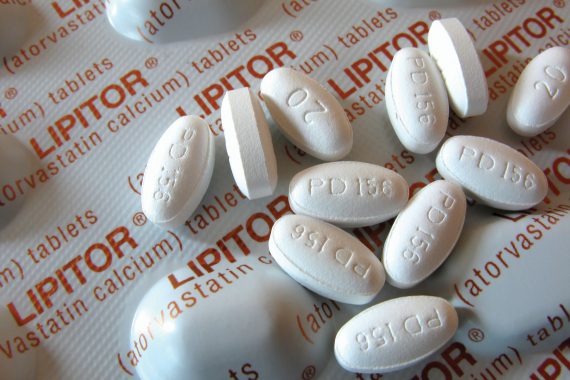CPD: Key questions on hyperlipidaemia

Learning objectives
This module will take you through identifying and treating hyperlipidaemia, including:
- Checking a lipid profile
- Drug interactions with statins
- When and what to monitor
- Helping patients manage side effects
Author
Professor Paul Collinson is an honorary consultant cardiologist, St George’s University Hospitals NHS Foundation Trust, professor of cardiovascular biomarkers, St George’s University of London (previously consultant chemical pathologist and head of vascular risk management, St George’s University Hospitals NHS Foundation Trust)
NICE guidance suggests patients should be offered a statin if 10-year CVD risk is over 10%. Are you able to offer reasons as to why GPs should consider treatment, as many are not convinced of the benefits?
Before considering this question is important to consider some things that are obvious but still occasionally overlooked.
- Does the patient have any evidence of established vascular disease, previous myocardial infarction, previous unstable angina, stable angina, peripheral vascular disease, carotid artery stenosis or previous thrombotic stroke?
- Such patients are for secondary prevention (not primary prevention) and absolutely must be on a statin (plus other appropriate medication) with a target to get the LDL cholesterol <2.0mmol/L. The most recent European Society of Cardiology (ESC) guidelines1 would consider this conservative and recommend a target value of <1.6mmol/L.
- Does the patient have any coexisting conditions that would put them in a higher risk group, such as diabetes mellitus or chronic kidney disease?
- Is there any evidence that the patient might have familial hyperlipidaemia?
Click here to read the full article and download your certificate logging 1.5 CPD hours towards revalidation
Not a Pulse Learning member? Click here to join and gain access to over 400 CPD modules
Pulse July survey
Take our July 2025 survey to potentially win £1.000 worth of tokens

Visit Pulse Reference for details on 140 symptoms, including easily searchable symptoms and categories, offering you a free platform to check symptoms and receive potential diagnoses during consultations.











